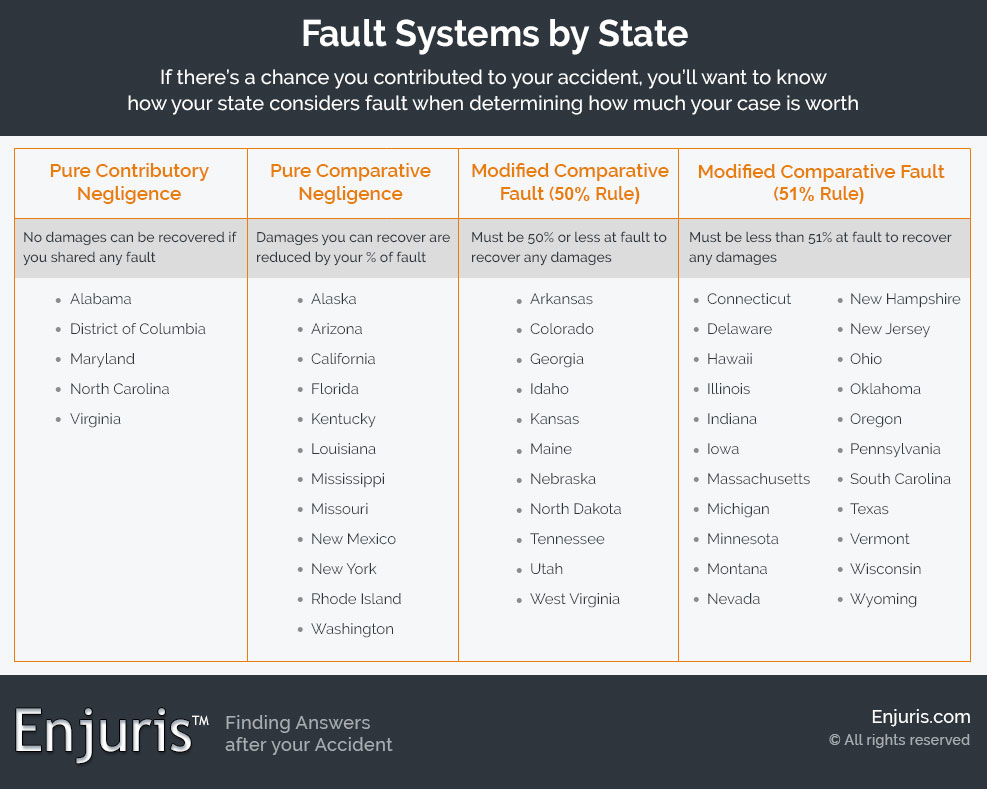Understand the fundamental concepts in determining fault in a personal injury claim.
What is a tort?
What is a tort? A tort is a negligent or intentional act that causes injury or harm to a person or property—it is the legal doctrine that governs personal injury lawsuits.
Tort comes from the Latin verb torquere (which means to twist or wind) and refers to a wrongful action by one party against another.
What is tort liability?
Tort law is based on the ground that persons should be responsible for their actions. Tort liability is often applied to injuries from medical malpractice, premises liability, products liability, and many times in the context of negligence. The main reason for doing so is the protection of individuals from others’ negligence.
Although a tort can include intentional acts, tort remedies are civil remedies. Private parties enforce them by civil action in the civil courts.
Liability for a tortious act requires that the plaintiff prove that the defendant was responsible or at fault for the act.
Concept of fault in tort law
Accidents happen, and people are injured. Sometimes nobody is at fault. However, someone’s negligence or recklessness may cause accidents. And in some cases, fatal accidents.
Tort law seeks to hold accountable any person who commits a tortious act that harms another.
That task is relatively easy where one or more parties are clearly to blame, and the victim is not responsible for the tortious act, accident, or injury.
Determining fault is more straightforward in some cases. Other times, it is not.
Example I: Suppose a drunk driver runs a yellow light, jumps a curb, and strikes a pedestrian standing alone on the corner sidewalk. In this case, an assignment of fault is clear-cut.
However, the assignment of fault in many accidents is not so black and white.
Example II: Suppose a driver who is speeding collides with a pedestrian who suddenly darts into the road.
The assignment of fault, in this case, is more complicated.
Who is at fault for the accident? The driver who was speeding, the pedestrian who suddenly darted into the road, or both?
State laws regarding fault
States have adopted laws that attempt to assign fault in personal injury cases. Those laws employ the doctrines of “contributory negligence” or variations of “comparative negligence.”
Contributory negligence
Contributory negligence is the oldest common law fault doctrine. In short, if the victim is partially at fault to any degree (even 1%), the defendant cannot be held liable to any degree for the damages.
Example III. A drunk driver runs a red light at night and crashes into a bicyclist who was riding their bicycle without a white headlight.
In the above example, a jury may find that the bicyclist was 1 percent at fault for the accident for failing to equip their bicycle with a white headlight as required by law. The jury may also find that the driver was 99 percent at fault for the accident for operating their vehicle while intoxicated and running a redlight.
Although it seems unfair, under the contributory negligence rule, the bicyclist is barred from recovering ANY damages even though they were only 1 percent at fault for the accident.
Comparative negligence
After centuries dominated by the contributory negligence doctrine, most states have scrapped it and enacted versions of a comparative negligence rule.
- Pure comparative negligence. A victim is eligible for damages only to the degree that he is NOT responsible for the injury.
Example IV. Suppose a driver is speeding and strikes a pedestrian who suddenly darts into the road. Suppose the court finds that the driver was 60 percent at fault for speeding and the pedestrian was 40 percent at fault for suddenly darting into the road. Suppose also that the court finds fair compensation for the pedestrian’s injuries to be $100,000.
Pure comparative negligence would award 60 percent of $100,000 ($60,000) to the pedestrian. In other words, the pedestrian’s award would be reduced by their percentage of fault (40 percent in this case).
- Modified comparative negligence. Many states have adopted modified comparative negligence to recognize the flaw of pure comparative negligence. The principal modification is that the damage award to a plaintiff is reduced by the percentage of his own fault but is banned entirely if the plaintiff’s actions are responsible for 50% or more of the injury.
State laws regarding negligence
Unfortunately, Alabama is one of only five (5) jurisdictions still applying the antiquated contributory negligence doctrine.
Maryland, North Carolina, Virginia, and Washington DC, are the other four states.
Comparative Negligence, Contributory Negligence and Determining Fault
When to contact your Birmingham personal injury attorney
If you are injured in an accident, be aware that Alabama still embraces the defendant (insurance company) favored contributory negligence doctrine. Plaintiffs have at least one strike against them going in.
Contributory negligence is an affirmative defense that must be asserted and proved by the defendant. Rest assured that an insurance company will assert the contributory negligence defense no matter how frivolous.
If you have the misfortune to be a victim of another’s negligence in Alabama, it takes a skilled, experienced plaintiff personal injury lawyer to represent you.
Alabama frivolous lawsuits: How to protect your rights & fight back
Learn what constitutes a frivolous lawsuit and what you can do to protect your rights and assets.
About Nomberg Law Firm
Nomberg Law Firm has been helping people in Alabama recover fair compensation for their injuries since 1967. We know our clients are hard-working men and women who deserve the best representation possible.
We know how hard it can be to pay your bills and get back on your feet while trying to recover from a serious injury. That’s why we dedicate our entire practice to fighting for your rights and obtaining maximum financial compensation.
The sheer number of clients at larger law firms means you’re one of many. As a small, family-owned injury law firm, we can offer you one-on-one attention that larger firms simply cannot match.
Get the legal support you need to recover and move forward with your life.


